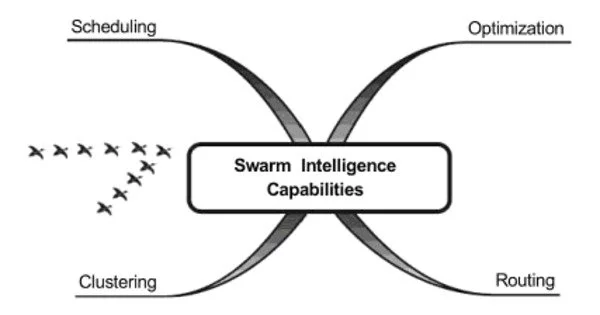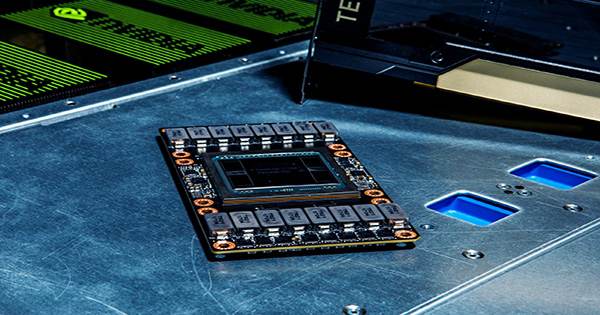Swarm intelligence (SI) is a field of artificial intelligence that studies the collective behavior of decentralized, self-organized systems composed of many simple agents. It is the collective behavior of natural or artificial decentralized, self-organized systems. It is inspired by the behavior of social animals, such as ants, bees, birds, and fish, which are able to solve complex problems and accomplish tasks that are beyond the abilities of individual members of the group. The concept is used in artificial intelligence research. Gerardo Beni and Jing Wang coined the phrase in 1989, in the context of cellular robotic systems.
In swarm intelligence systems, each agent (also called a “particle” or a “swarm member”) has a simple set of rules for interacting with other agents and the environment. These rules are often based on local information and simple decision-making processes, rather than global knowledge or complex algorithms. By following these rules, the swarm members can exhibit emergent behavior, which is behavior that arises from the interactions of the agents, rather than from a centralized control or planning mechanism.
SI systems are typically composed of a population of simple agents or boids that interact locally with one another and with their surroundings. Nature, particularly biological systems, is a frequent source of inspiration. Although there is no centralized control structure dictating how individual agents should behave, local, and to some extent random, interactions between such agents result in the emergence of “intelligent” global behavior that is unknown to the individual agents. Ant colonies, bee colonies, bird flocking, hawk hunting, animal herding, bacterial growth, fish schooling, and microbial intelligence are all examples of swarm intelligence in natural systems.
Application
Swarm robotics refers to the application of swarm principles to robots, whereas swarm intelligence refers to a broader set of algorithms. Swarm prediction has been applied to forecasting problems. In synthetic collective intelligence, approaches similar to those proposed for swarm robotics are being considered for genetically modified organisms.
Swarm intelligence has been applied to a variety of problems, such as optimization, clustering, routing, scheduling, and decision-making. Examples of swarm intelligence algorithms include ant colony optimization, particle swarm optimization, bee colony optimization, and firefly algorithm. These algorithms have been shown to be effective in solving a wide range of problems, and are often used in engineering, computer science, economics, and biology.
Swarm intelligence has applications in a variety of fields, including robotics, artificial intelligence, optimization, and decision-making. For example, swarm intelligence algorithms can be used to optimize complex systems, such as logistics networks or energy grids, by simulating the behavior of a swarm of agents that interact locally and adapt to changing conditions. Other applications of swarm intelligence include swarm robotics, swarm-based sensor networks, and swarm-based search and rescue operations.
















